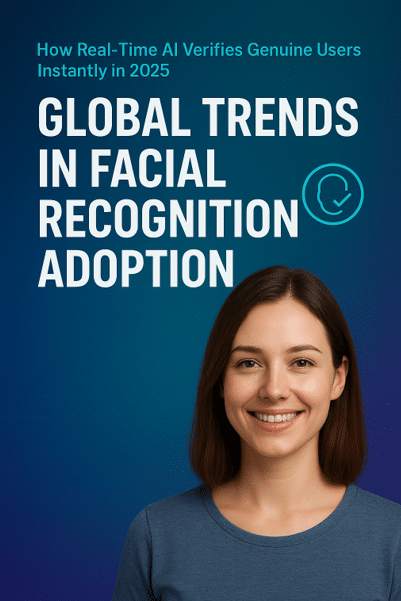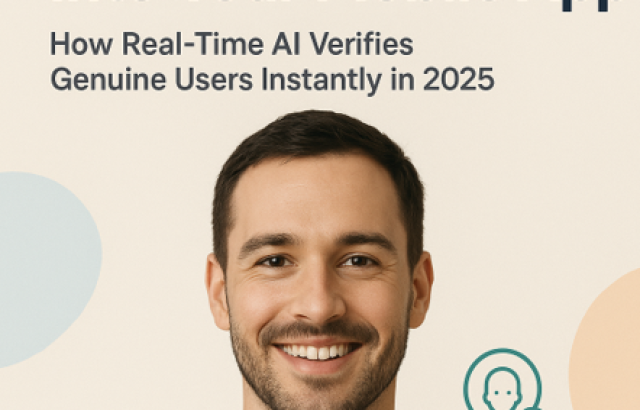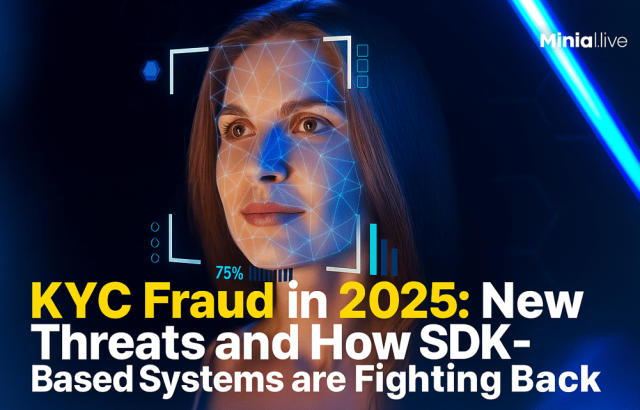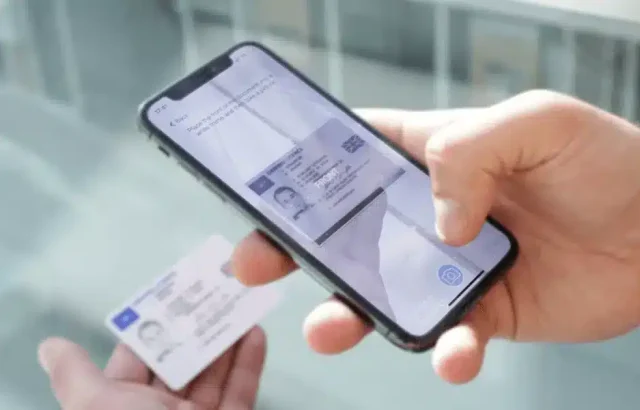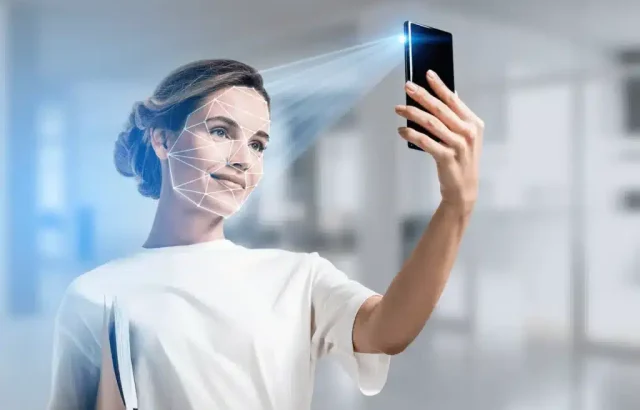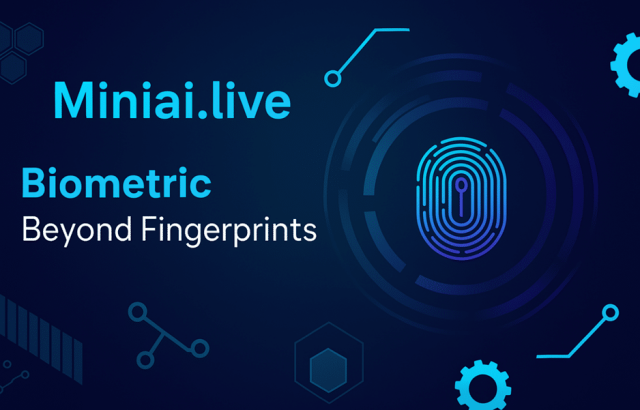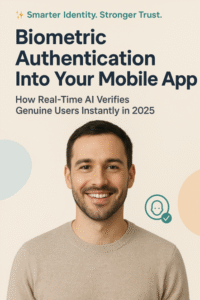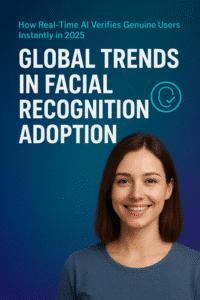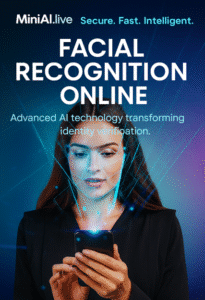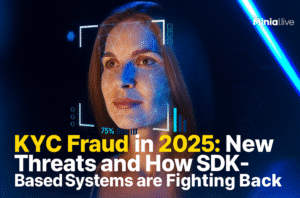You know that airport scramble? The dying phones, the crumpled boarding passes? It hit me the other day: we unlock our phones with a glance, so why is everything else so complicated?
Turns out, September 2025 fixed that. Not with a bang, but a whisper. A wave of new facial recognition systems went live worldwide, and what we learned flipped the script entirely.
This isn’t a prediction. It’s a report. And the lessons are essential for anyone wondering where this tech is headed.
We’re breaking down the five biggest trends from last month, what worked, what failed, and why. You’ll see the future that’s already here and how to use it smartly and safely.
Ready? Let’s go.
Trend 1: The Invisible Shield – Security Gets Smarter and Softer
For the longest time, facial recognition meant one thing: hard security. Think cameras in high-security zones. It felt cold, impersonal, a little intimidating, right? But September 2025? It showed us a dramatic shift. The biggest trend wasn’t about making security harder. It was about making it smarter. Softer. Almost invisible.
What Changed? From Guard Gates to Gentle Greetings
Here’s the key lesson that popped up everywhere last month: the best security is the kind you don’t even notice. Seriously, think about it. A physical barrier stops everyone, good guys and bad. But a smart camera? It can welcome authorized people while quietly flagging a potential issue. It’s efficient. It’s seamless. It just works.
A Real-World Example: The “Smart Hospital” Pilot in Toronto
Take this major Toronto hospital. They rolled out a new system in their maternity ward. The goal was simple: protect newborns and new mothers.
• The Old Way: Wristbands, security guards at doors, constant ID checks. It felt secure, sure, but also incredibly stressful for families.
• The September 2025 Way: Cameras at the entrances recognized authorized family members. The doors just opened. For anyone else, access was gently denied, and a staff member was instantly notified to come and help. The system even alerted staff if a newborn was being moved by someone who wasn’t authorized.
The result was pretty stunning. A 40% drop in false alarms. And even better? Parents reported feeling more secure and less stressed. The technology created a safe, calm environment. It became a shield, not a show of force.
Why This Trend is Exploding Now
So why now? Well, the technology finally became good enough. Truly reliable in busy, messy, real-world settings. Early systems would get tripped up by bad lighting or someone wearing a hat. The stuff deployed in September 2025? It uses advanced algorithms that handle those challenges without breaking a sweat.
The bottom line? The future of security facial recognition is ambient and assistive. It works in the background to make our lives smoother and safer, without making us feel like we’re in a fortress.
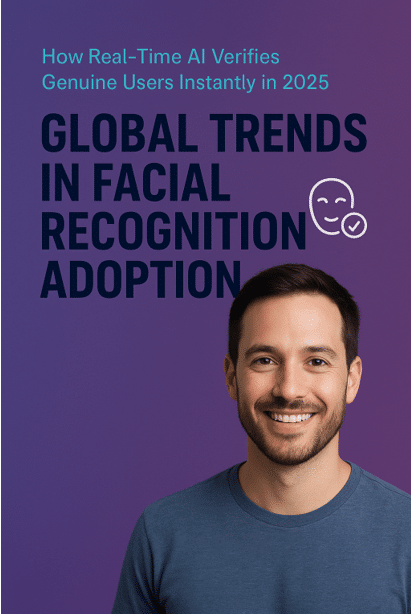
Trend 2: The Consent Revolution – You Own Your Face
Okay, this was maybe the biggest surprise of September 2025. All those conversations about privacy? They didn’t kill facial recognition. They transformed it. We’re now stepping into the era of user-centric biometrics. And it’s a game-changer. People are finally being given a real, meaningful choice.
How “Opt-In” Systems Are Winning Trust
Every successful deployment from last month had this one thing in common: clear, simple consent. Instead of secretly scanning crowds, companies are building experiences so genuinely valuable that people want to use their face.
Case Study: “SkySpeed” Airline’s New Check-In
A European airline launched a fully opt-in facial check-in system at three major airports. Here’s how it worked:
• The Process: Travelers could enroll in seconds using their phone before they even left for the airport. At the terminal, they just walked up to a dedicated lane, looked at a screen for a moment, and boom, they were on their way to security.
• The Value Proposition: The benefit was huge, bypassing every single line. And the choice was completely voluntary. The old-fashioned check-in counters were still right there if you preferred.
After just one month, over 70% of eligible travelers had opted in. The feedback was undeniable: when people get a tangible benefit and real control over their data, they embrace the technology. Go figure.
The Rise of the “Digital Biometric Vault”
Then there’s the data storage side of things. The old model, a company holding a giant database of everyone’s faces, is quickly fading. The new trend is all about personal biometric vaults.
Imagine this: an app on your phone that holds your facial data. When you want to check into that flight, the airline’s system doesn’t actually get your face. It just asks your vault, “Is this the right person?” Your vault says “yes” or “no” without ever sharing the underlying data. This technology, piloted in Singapore in September, puts users firmly in the driver’s seat. It’s a powerful shift.
Key Takeaway: Privacy and progress can go together. The best systems are built on three things. They are transparent. They get your consent. They give you control. If you’re thinking about deploying this tech, start by asking: “Why would someone willingly opt into this?” Your answer is the blueprint for success.
Trend 3: The Hyper-Personalization Leap – Beyond Just Knowing Your Name
This is where things get really interesting. Facial recognition is starting to move beyond simple identification. It’s beginning to understand context. Emotion, even. And that’s leading to a wave of hyper-personalized experiences that feel almost psychic.
From Recognition to Recommendation
Let’s go back to that coffee shop idea. An old system might use your face to pull up your loyalty account. Ho-hum. A September 2025 system? It does a lot more.
Example: “Brew & You” Cafe Chain’s Pilot
A customer walks in. The system recognizes them. But instead of just a basic “Hello, Sarah,” it notices that Sarah always orders a cappuccino, but today she looks tired. A little stressed.
The screen at the counter lights up with a gentle suggestion: “Your usual cappuccino, Sarah? Or maybe a double-shot latte for an extra boost today?” The suggestion is helpful, not creepy. It uses the context to actually enhance the service.
The Ethical Tightrope: Helpful vs. Invasive
Now, this trend is the trickiest. Get it wrong, and it feels like a major violation. The deployments that worked in September all followed three simple rules:
1. Be Useful, Not Just Clever: The personalization has to offer a real benefit. Suggesting a coffee is good. Mentioning anything about a person’s weight or appearance? Not so much.
2. Always Allow an “Out”: There has to be a simple, obvious way to experience the service without the personalization. No questions asked.
3. Never Store Sensitive Data: The system shouldn’t record or store emotional states. It should use that information in the moment, then let it go. Poof.
The big idea? The next frontier is context-aware personalization. The tech can now pick up on basic cues to offer better service. But that requires a serious commitment to ethical design and respect for the user. Tread carefully.
Trend 4: The Global Patchwork – No One-Size-Fits-All
September 2025 made one thing clear: the world is not adopting facial recognition in the same way. Not even close. Different countries and cultures are creating their own rules, their own expectations. It’s created a complex “patchwork” of regulations that any global company has to navigate.
A Tale of Three Cities: Beijing, Berlin, and Boston
The contrast between major regions is sharper than ever.
• Beijing (and China broadly): Deployment is widespread and led by the state, focused heavily on public security. The cultural acceptance of that trade-off is generally high.
• Berlin (and the EU): This is the strictest regulatory environment in the world, guided by the AI Act. The focus is squarely on fundamental rights. Consent isn’t just important; it’s the law. Everything has to be explainable.
• Boston (and the US): It’s a more fragmented, market-driven scene. Some states have bans; others are encouraging innovation. The private sector is leading the charge, sometimes with a “move fast and break things” attitude.
A company that tried to launch the same system in all three places last month? They would have failed spectacularly in at least two of them.
What This Means for Businesses
You can’t have one global facial recognition strategy anymore. You have to have a localized one. That means:
• Working with local legal experts from the very beginning.
• Truly understanding cultural expectations around privacy.
• Building technology that’s flexible enough to adapt to different legal frameworks.
The takeaway? “Think globally, act locally” is the only way forward. Assuming what works in one country will work in another is the biggest mistake you can make right now.
Trend 5: The AI Partnership – Humans and Machines, Working Together
This last trend might be the most important one from September 2025. It’s the end of the “man vs. machine” debate. The most effective systems we saw weren’t fully automated. They were collaborative. The AI handles the boring, data-heavy lifting, and the human expert steps in for judgment, empathy, and the really complex decisions.
The “Co-Pilot” Model in Action
The perfect example comes from a financial services company that used facial recognition for secure remote account opening.
• The AI’s Job: Scan the user’s government ID. Do a live facial scan. Match the two. Check for sneaky stuff, like someone holding up a photo of a photo. It’s the boring, precise work that AI is brilliant at.
• The Human’s Job: If the AI sees a possible issue, it quickly connects the user to a human expert on a video call. The human expert then uses their skill to ask good questions. They make the final choice.
Working together is powerful. Most people get a fast result. A few people need a human to help. This makes things faster and safer. It is a better way for all people.
Building Trust Through Collaboration
This model does something else, too: it builds public trust. People get nervous when a black-box algorithm makes a final, life-altering decision. But knowing a human is there as a final backstop? That makes the technology feel much more acceptable.
So remember: Don’t aim to replace people. Aim to augment them. Use AI to take the boring parts off their plates, freeing them up to do what humans do best: connect, empathize, and solve messy, complex problems.
What Does This Mean for You? A Practical Guide
These trends from last month are not just headlines. They are a real-world guide. Whether you’re a business owner, a developer, or just someone trying to keep up, here’s what you should do next.
If You’re Considering This Technology:
1. Start with “Why?” Never, ever start with the technology itself. Start with the problem you’re trying to solve. Is it to improve security? Make customer service amazing? Speed things up? Your “why” is your compass for every decision that follows.
2. Prioritize Privacy by Design. Build your system to be clear and ask for permission from the very start. Don’t try to bolt it on later. That ship has sailed.
3. Plan for a Partnership. Design your system for collaboration between AI and humans. It future-proofs your investment and builds the kind of trust you can’t buy.
If You’re a Concerned Citizen:
1. Ask Questions. When you encounter this technology, don’t be shy. Ask how it works. What data is stored? Who gets to see it? You have every right to know.
2. Look for the Opt-Out. A trustworthy system will always, always give you a choice. If there’s no way to avoid it, consider that a major red flag.
3. Stay Informed. The rules are changing fast. Keep an eye on the conversation about digital rights and new regulations where you live.
Wrapping Up: A Future Built on Trust
So, what did September 2025 really teach us? The future of facial recognition is not about watching people. It is about smart help. The tech works in the background. It makes life safer, easier, and more personal. And it does this without any hassle.
Long-term victory belongs to the companies that recognize a simple equation: powerful technology multiplied by zero trust still equals zero. By focusing on user control, ethical design, and human collaboration, we can actually build a future that works for everyone.
The face is the most personal thing we have. Handling it with care isn’t just good ethics. In the end, it’s just good business.
What’s your take on all this? Does the direction we’re heading in excite you, or are you still feeling cautious? We’re all figuring this out as we go, and the best solutions start with a real conversation. We’d love to hear what you think.
— The Team at MiniAiLive
FAQs
1. Is this tech actually safe now?
You bet when it’s built right. The good stuff? It’s transparent, asks for your okay, and puts you in the driver’s seat. It’s like the difference between a guarded fortress and a smart lock on your own front door.
2. Can I just say no if I’m not comfortable?
Always. In fact, the best systems want you to opt in because the benefit is so clear. Think about skipping the airport line. If you can’t find an easy opt-out, that’s a major red flag.
3. Where does my face data go?
This is the cool part. The latest trend is a “biometric vault” on your own phone. The system never even gets your face, but just asks your vault for a quick yes or no. You hold the keys.
4. What if the AI gets it wrong?
It doesn’t have the final say. For tricky cases, a real human jumps on a video call faster than you can say “I’d like to speak to a manager.” It’s a team effort.
5. Are the rules the same everywhere?
Not even close. It’s a real patchwork out there. What flies in one country might be a complete no-go in another. Companies have to be nimble and respect local vibes.

